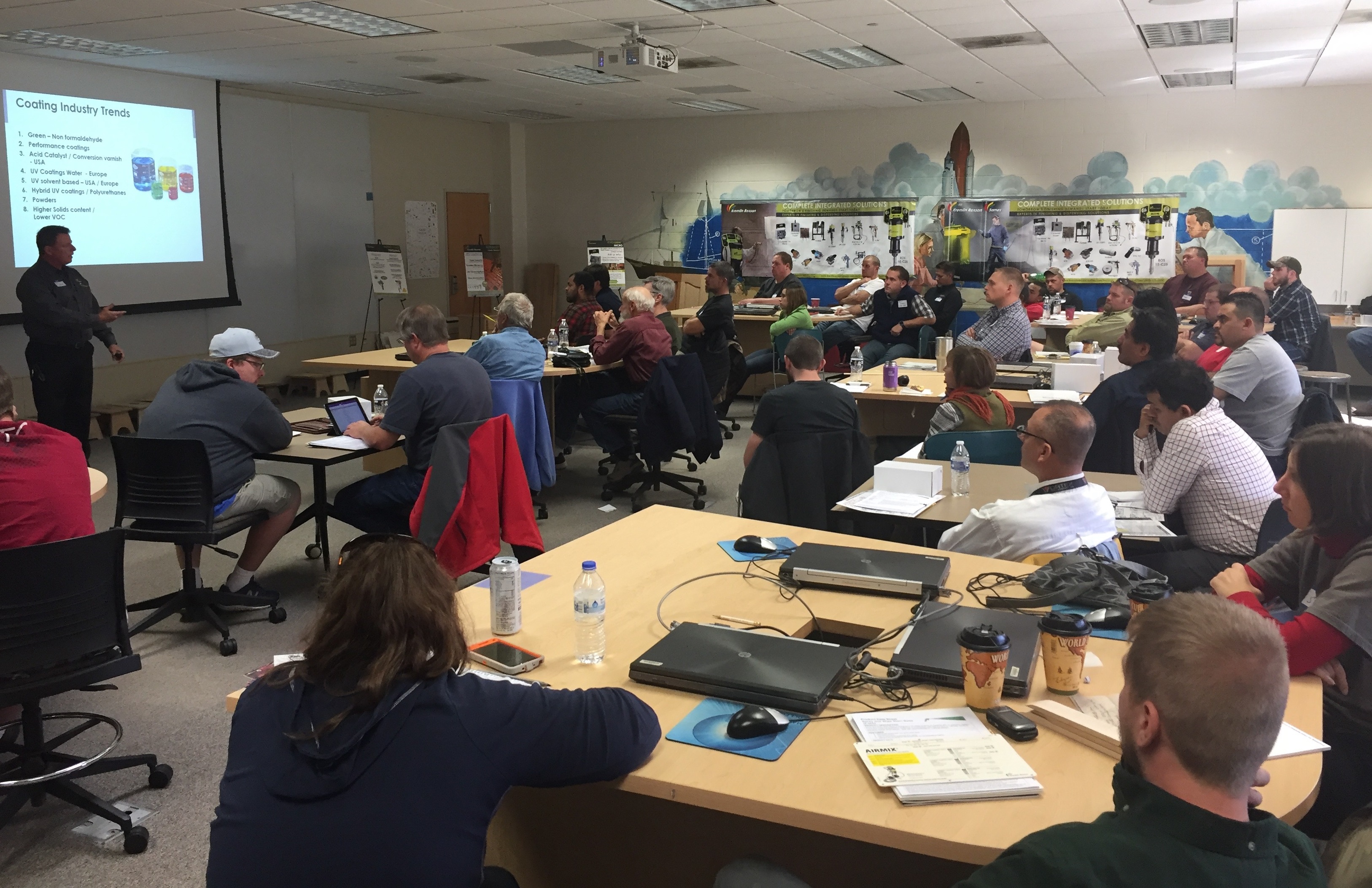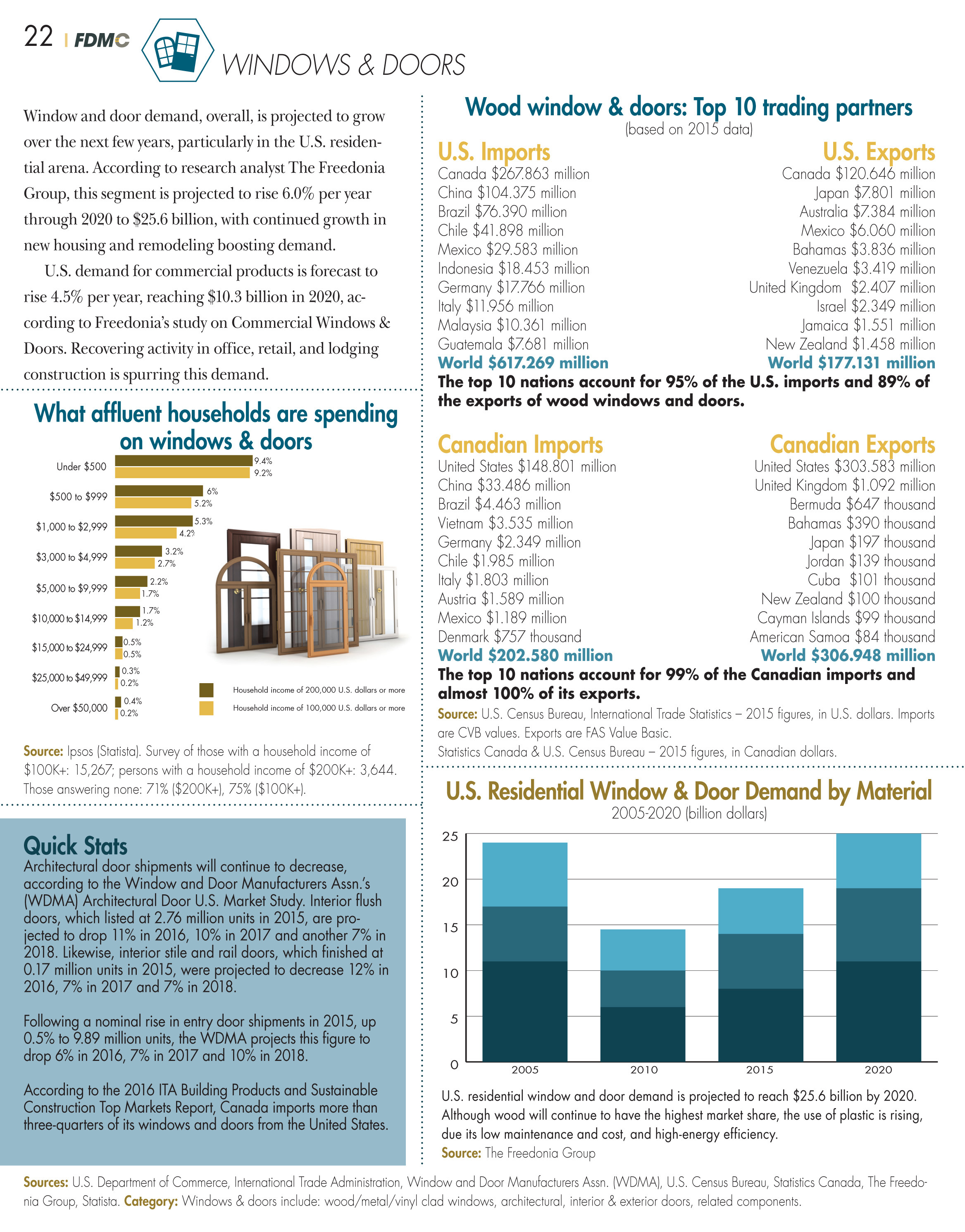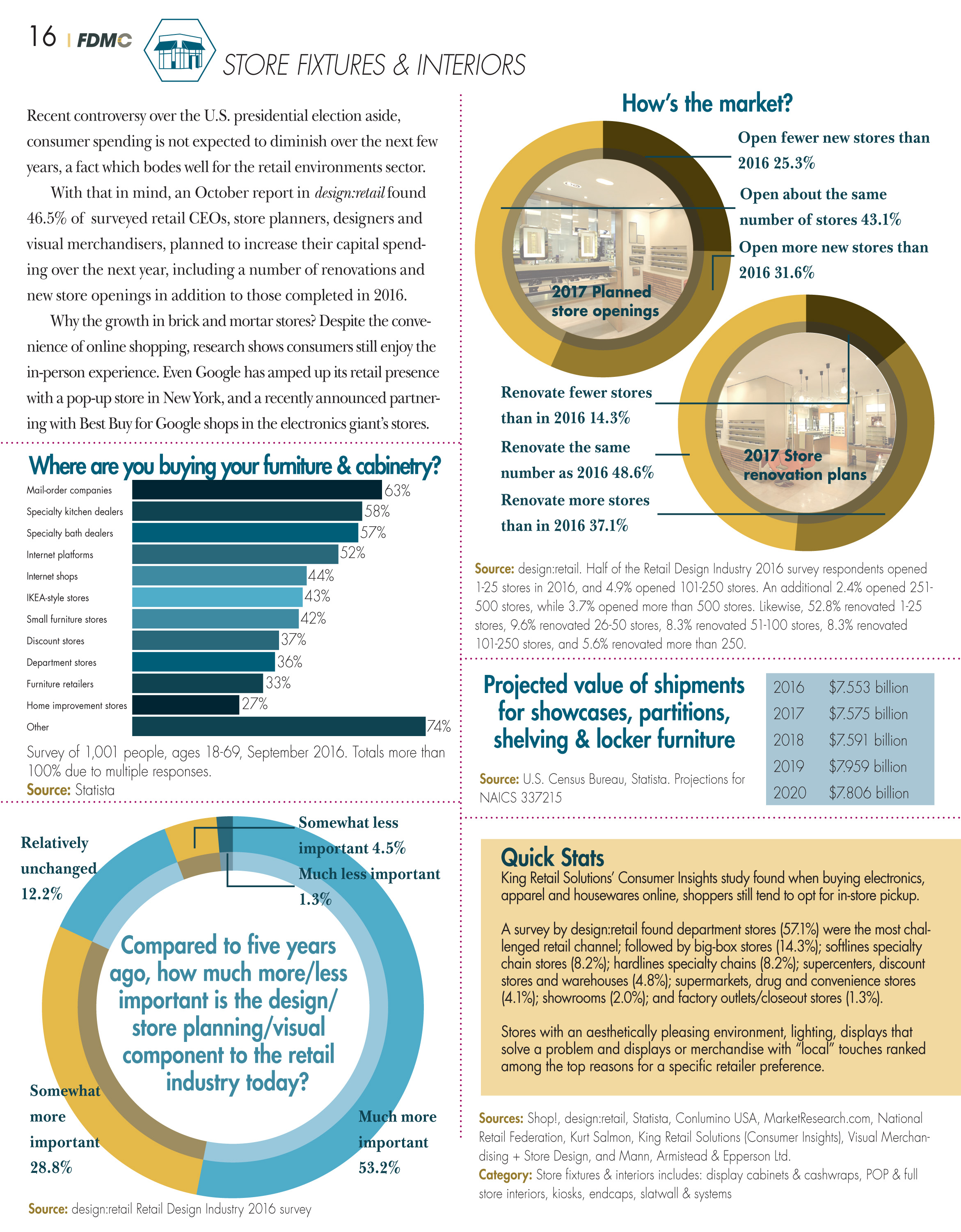![]() Gator Millworks got an assist in its recovery from the brutal floods in Louisiana this year, from its equipment supplier, Stiles Machinery. As witness to the events, Stiles provides a first-hand report. - Bill Esler
Gator Millworks got an assist in its recovery from the brutal floods in Louisiana this year, from its equipment supplier, Stiles Machinery. As witness to the events, Stiles provides a first-hand report. - Bill Esler
The story of cabinetmaker Gator Millworks, who lost everything in a severe flood in Louisiana several months ago, is one for the record book. Machinery was damaged, materials destroyed and customer orders ruined, but it was the incredible comeback story that everyone is still talking about.
In mid-August, while most of the nation was focused on the 2016 Olympics and the U.S. presidential race, a flood raged through southern Louisiana. While this natural disaster didn’t make much of a splash in the national news, it was devastating.
The area received three times as much rain as it had during Hurricane Katrina. In the three days before water levels began to recede, the flood killed 13 people and damaged more than 100,000 houses and thousands of businesses. The flood is second only to Katrina as the worst disaster the state has experienced.
On Saturday morning, August 13, Randy Foster, retired founder of Gator Millworks, called the CEO and president, his son Chad, to report 30 inches of water in the company’s 25,000-square-foot plant in Denham Springs in Louisiana’s Livingston parish. When the flood was at its peak, both this facility and a second 8,000-square foot plant located four miles away were under six feet of floodwater.
Gator Millworks, founded in 1995, specializes in high-end custom cabinets for residential and commercial projects. Chad Foster knew he was going to need replacement equipment — and quickly. He began contacting his suppliers even before the water began to recede, beginning with Brandon Altazan, the company’s local Stiles Machinery representative from Advantek, a machinery dealer based in Lakeland, Tenn.
The upcoming IWF show meant Stiles had the equipment Gator Millworks needed
Altazan immediately contacted Kent Hartman, the regional service representative for Stiles, which has supplied advanced woodworking machinery to Gator for more than a decade.
Within days after the floor waters receded, Altazan and Hartman arrived to evaluate the equipment and to determine whether anything could be salvaged. Driving in from the airport, they were shocked at the extent of the disaster.
“We weren’t seeing how devastating the damage was on the news,” Hartman says. Debris was everywhere. Along the streets, ruined furniture, drywall, bedding, appliances, and personal belongings had been emptied from damaged houses and rose in immense piles.
Boats used in rescues lay in yards where they were stranded when the water receded, and a life preserver hung from a power line high above the ground. Caskets from the cemetery had floated out and lodged against the fence.
Wood and water don’t mix
When they arrived at Gator Millworks, they found machinery still wet, with lines visibly marking the six-foot high-water point. Gator’s leadership and the few employees who were able to get to the plant began clearing the offices and cleaning up, in between helping gut and clean up employees’ own flood-damaged homes. In addition to machinery, the company’s entire inventory of materials and cabinetry was lost, including projects that were in progress and five or six completed jobs that were ready to ship. Employees were temporarily housed in 60-foot office trailers.
“The walk-through was extremely difficult for me,” Foster says. “I knew it was bad, but I needed to know how bad it was.” Foster assumed that the Stiles team had seen the equivalent—or worse, but this was the first situation where the equipment had been completely covered by water.
One of Gator’s biggest losses was a new WEEKE Vantech 510 CNC Router (Concept 2) for nested-based machining that had been installed only a few months before the flood. “That’s a $200,000 piece of equipment that’s just gone,” Foster says. The company also lost a HOLZMA panel saw, WEEKE BHX 055 HSK router, WEEKE ABD dowel machine, BRANDT edgebander, KENTWOOD six-head moulder, three-head 53-inch wide-belt sander from BUTFERING, a sliding table saw from ALTENDORF, and many smaller machines—well over $1.5 million in equipment, Foster says. And while the structure carried flood insurance, none of the machinery was covered by flood insurance because Gator’s location wasn’t considered in a flood zone.
Everything would have to be replaced. “It’s not what I wanted to do, but we had to do it,” Foster says.
In this case, the fact that IWF, the International Woodworking Fair, was taking place in Atlanta less than two weeks following the flood actually helped. “With the show coming up, equipment availability was going to be critical,” explained Bob Langridge, regional director for the south central region for Stiles. Because of the upcoming trade show, Stiles had the equipment Gator Millworks needed in inventory. Had the flood happened at any other time, the equipment could have taken much longer, possibly months, to procure. Stiles also coordinated with both Gator and the company’s bank, which approved Foster’s loan request in just five days, to make sure that funding issues didn’t hold up the shipment.
Stiles’ rebuild department looked carefully for salvageable machinery components
And so, a week following IWF, a team of Stiles volunteers drove down to Louisiana and worked over the weekend beside Gator employees, family, and staff to help clean up and get new equipment staged and ready for the technicians. “It’s something that Gator needed and we just wanted to help out,” says Langridge.
A representative from Stiles’ rebuild department looked carefully at the destroyed machinery, looking for any components that might be salvaged. Some mechanical components, such as glue pots, motors, and spindles, were removed and sent for repair and rebuilding, returning the monetary value to Gator Millworks. In the case of simpler machines, such as case clamps, the motors were removed, refurbished, and expedited back to the company over the course of the weekend in order to get machinery operational again.
“We install, repair, and train people to run our equipment,” says Hartman, “But this job was a little outside the norm.” For a three-week period, the Gator team, the building contractor Steve McLin and service technicians from Stiles worked long hours under very unusual circumstances, doing everything possible to get the company up and running again. Even little things, such as providing lunch for the workers, were unusually challenging. “You’d have to drive for miles to find a business that was open,” Hartman notes.
“Cut, band, bore.”
When Foster realized that the new CNC router, a WEEKE BHX 200, was considerably larger than the company’s original WEEKE BHX 055 HSK model, it made sense to rearrange and improve the facility’s manufacturing flow as the new machines were installed. This required all new electrical and ductwork. “We had people overhead installing ductwork while we were installing the equipment,” Langridge says. Where machine installation process generally proceeds in a sequential fashion (old equipment removed, infrastructure support put in place, and then new equipment installed), the push to get Gator Millworks operational quickly meant that everything happened at the same time, in among an obstacle course of existing machinery that hadn’t yet been removed from the plant. First up were the new saw and edgebander, to help get the company manufacturing cabinetry “old-school” for their customers. “We went all-in right off the bat, installing two machines at once,” says Langridge. The CNC router quickly followed, and at one point, three more machines were being installed concurrently.
Within 13 days, with very limited tooling, Gator was back to building some residential cabinets. Just five weeks following the flood, the plant was, for the most part, up and running again. “Brandon reminded us that what took place within five weeks following the flood normally takes six, eight, or ten months just to plan,” Foster notes. “But it was hard.” To meet orders, the company outsourced many projects to other local and regional millwork companies.
Two months later, “To say they are back to normal 100 percent would be stretching it,” says Hartman, but the company is getting closer. Some smaller equipment has yet to be installed. Gator Millworks started manufacturing its first frameless cabinets toward the end of October. In another big step, the company moved its offices from the temporary trailers back into the building in November, and planned to reopen its showroom to the public just a few weeks later. Foster confidently expects manufacturing to be back to pre-flood levels by the end of 2016. “We’ll even be a little better,” Foster says.
“For us to ask for—and accept—help was hard,” Foster explains, noting that the company has a long tradition of self-sufficiency. “Stiles has done an amazing job through this whole process. They didn’t waste any time helping us get back.”
With new equipment has come a learning curve for staff, but also increased speed and new capabilities. The new edgebander, for example, has HOMAG airTec for zero-edge technology. “And the BHX 200 router is a big improvement over the 055 that we had before—it does bigger parts and has more capabilities,” Foster says. “We were running two CNC routers before the flood; now we’re running just one and a panel saw until we move,” he says.
Before the flood, Gator Millworks was just about to break ground on a new, 50,000-square-foot facility, with plans to relocate the business there in 18 to 20 months. “This has been a setback in one respect, but it’s not going to change our goal,” Foster says.
Some of Gator’s employees have not returned. With so many people displaced from their homes in Louisiana’s Livingston parish, Foster expects labor to be a long-term challenge. Rebuilding the community will take time, but Foster and Gator Millworks want to be part of that process. Because there is a shortage of capacity in the area, Gator has reached out to a company in Houston to create a joint venture building millwork and residential cabinets for local needs.
“Cabinets are now coming in by truck every other day for people’s homes,” Foster says. “And we look forward to doing more to help the community.”
About Stiles Machinery Inc.
For 50 years, Stiles has been helping manufacturers succeed. As the largest supplier of quality machinery, Stiles provides a Total Production Solutions approach by also offering equipment integration, financial services, education, service and parts. By having a wealth of solutions whether defined as people, products or services, Stiles merges the best thinking and the best ideas into a solution that works best for their customers. Headquartered in Grand Rapids, Mich., Stiles has regional offices in High Point, North Carolina; Toms River, New Jersey; Coppell, Texas; and Rancho Cucamonga, California. Stiles is a proud member of the HOMAG Group, a global leader in the production of industrial machines for the manufacturing.







 Aaron Carlson Corporation, a 125-year-old
Aaron Carlson Corporation, a 125-year-old 



 Shaw hardwood flooring
Shaw hardwood flooring







 MILWAUKEE - Glenn Rieder, the national architectural millwork firm has entered into a preliminary agreement with the City of West Allis, Wisconsin, to build an $8 million, 120,000 square foot manufacturing and office facility on a 12 acre remediated brownfield site.
MILWAUKEE - Glenn Rieder, the national architectural millwork firm has entered into a preliminary agreement with the City of West Allis, Wisconsin, to build an $8 million, 120,000 square foot manufacturing and office facility on a 12 acre remediated brownfield site.